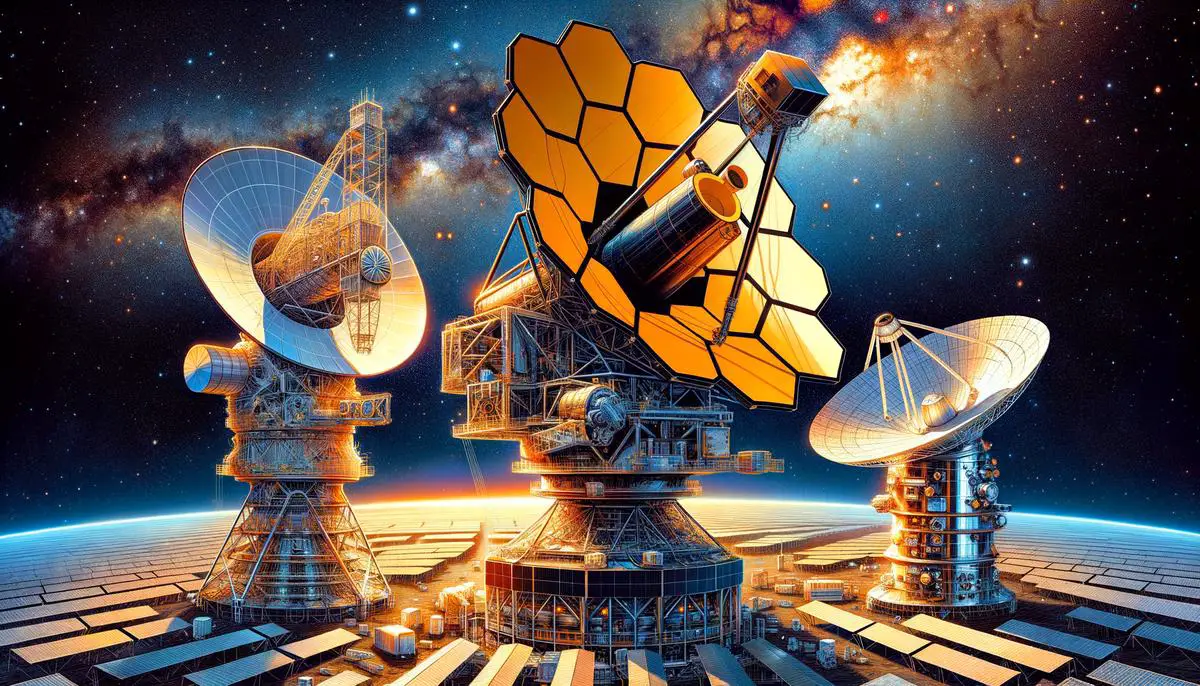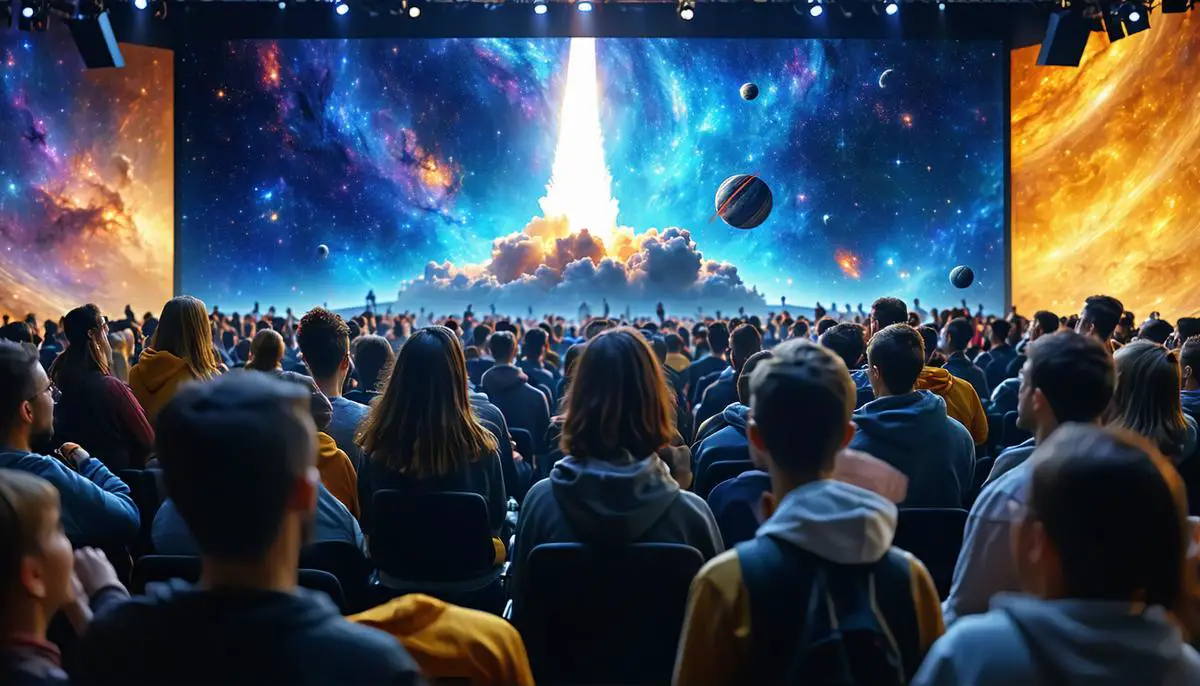Development and Construction Costs
The James Webb Space Telescope (JWST) project experienced significant cost escalation from its initial $500 million estimate to a final price tag of $10 billion at launch. This increase was driven by several factors:
- Ambitious design requirements: The telescope's sunshield and 18-segment mirror presented unprecedented engineering challenges.
- Technical complexities: Developing components like the sunshield, which needed to unfold in space, proved more difficult than anticipated.
- Testing and quality assurance: Extensive testing and retesting were necessary to ensure the telescope's functionality in space.
- International collaboration: Coordinating efforts between NASA, the European Space Agency, and the Canadian Space Agency added layers of complexity.
- Extended timeline: The project spanned nearly two decades, leading to increased costs due to delays and redesigns.
These factors combined to make the JWST one of the most expensive space projects ever undertaken, reflecting both its technological ambition and the challenges of pushing the boundaries of space exploration.
Delays and Budget Adjustments
The JWST project faced numerous delays, pushing its launch from the initial 2007 target to December 25, 2021. These postponements were primarily due to:
- Technical challenges: Unforeseen issues with components like the sunshield and mirror array required extensive redesigns and additional testing.
- Management complexities: Coordinating efforts between international agencies and contractors led to communication difficulties and scheduling conflicts.
- Political and funding fluctuations: Changes in leadership and budget allocations affected the project's timeline.
- COVID-19 pandemic: Global health restrictions added further delays to the already extended timeline.
Each delay necessitated budget adjustments, contributing to the overall cost increase. The lead contractor, Northrop Grumman, faced particular scrutiny as costs continued to rise. Despite these challenges, the project persevered, demonstrating the resilience required for ambitious space exploration endeavors.
Cost Comparison with Other Space Projects
To contextualize the JWST's $10 billion cost, it's useful to compare it with other significant space projects:
| Project | Cost |
|---|---|
| Hubble Space Telescope | Initially $1.5 billion, now estimated at $16 billion including repairs and upgrades over its lifetime |
| Mars Perseverance Rover | Approximately $2.7 billion |
| Chandra X-ray Observatory | Around $3 billion |
While the JWST's cost exceeds these projects, it's important to note that its capabilities and potential scientific impact are correspondingly greater. The astronomical community generally agrees that the JWST's expected contributions to our understanding of the universe justify its high cost, positioning it as a transformative tool in space exploration.

Impact on NASA and Future Missions
The JWST's substantial budget has had notable effects on NASA's operations and planning:
- Resource allocation: Funding directed to the JWST reduced resources available for other projects, potentially delaying or canceling smaller missions.
- Future mission planning: The experience with JWST may influence how NASA approaches large-scale projects in the future, balancing ambition with fiscal responsibility.
- Budgetary scrutiny: Future grand-scale projects may face increased scrutiny and hesitation from policymakers and the public.
- Strategic adjustments: NASA may need to recalibrate its approach to mission planning, finding ways to pursue both innovative smaller projects and ambitious large-scale endeavors.
The agency now faces the challenge of applying lessons learned from the JWST experience to ensure a diverse and balanced portfolio of future missions.
Public Perception and NASA's Stewardship
The JWST's high cost has elicited varied public reactions, from awe at its technological achievements to concerns about resource allocation. This range of opinions impacts NASA's reputation as a steward of public funds.
To maintain public trust and support, NASA must:
- Demonstrate the value of JWST's scientific discoveries.
- Show improved project management for future missions.
- Emphasize fiscal responsibility alongside scientific ambition.
- Highlight the broader benefits of space exploration to society.
The agency's ability to balance these factors will be crucial in securing funding and approval for future projects, ensuring continued public support for space exploration initiatives.

The James Webb Space Telescope represents a significant investment in advancing our understanding of the universe. Its development journey highlights the challenges and triumphs involved in pushing the boundaries of space exploration technology. As JWST begins its mission, the scientific community eagerly anticipates the groundbreaking discoveries it may uncover, potentially revolutionizing our comprehension of the cosmos and justifying the immense resources dedicated to its creation.
- National Aeronautics and Space Administration. James Webb Space Telescope. NASA Science website.
- Government Accountability Office. James Webb Space Telescope: Project Facing Increased Schedule Risk with Significant Work Remaining. GAO-21-406.
- European Space Agency. James Webb Space Telescope. ESA Science & Exploration website.
- Canadian Space Agency. Canada's Contribution to the James Webb Space Telescope. CSA website.
![]()